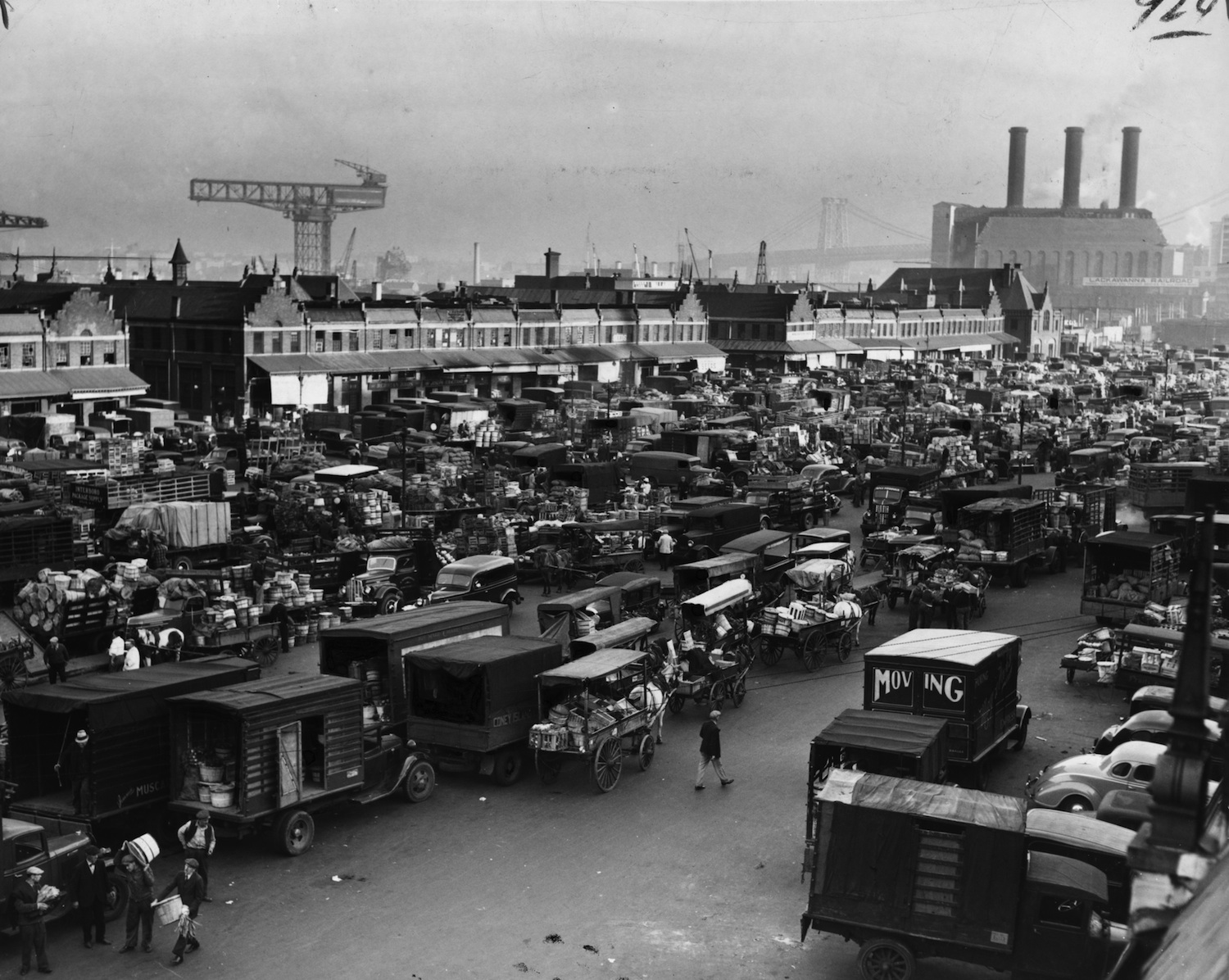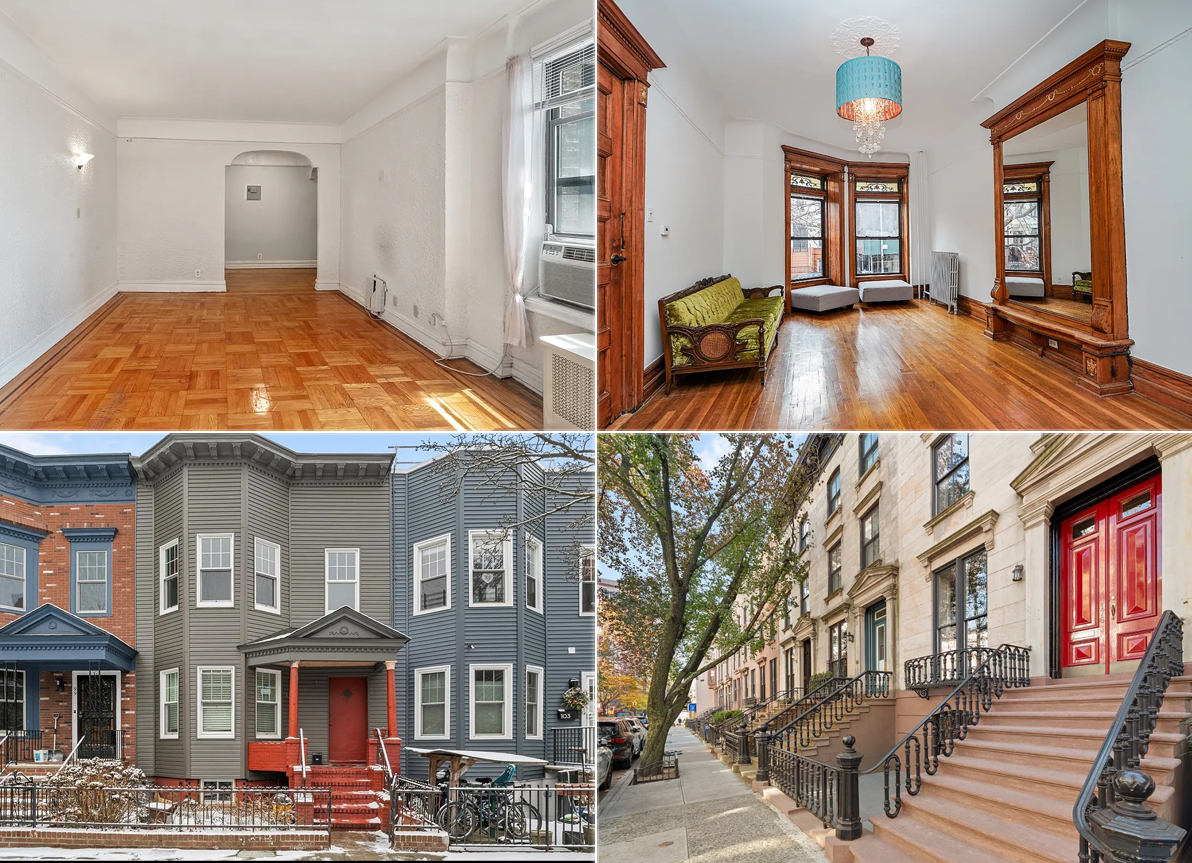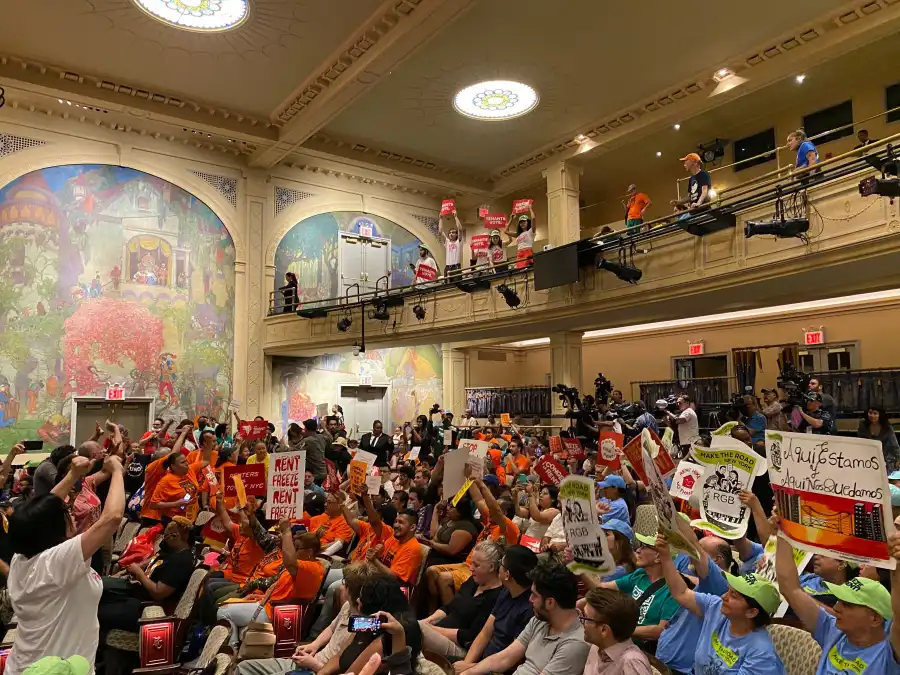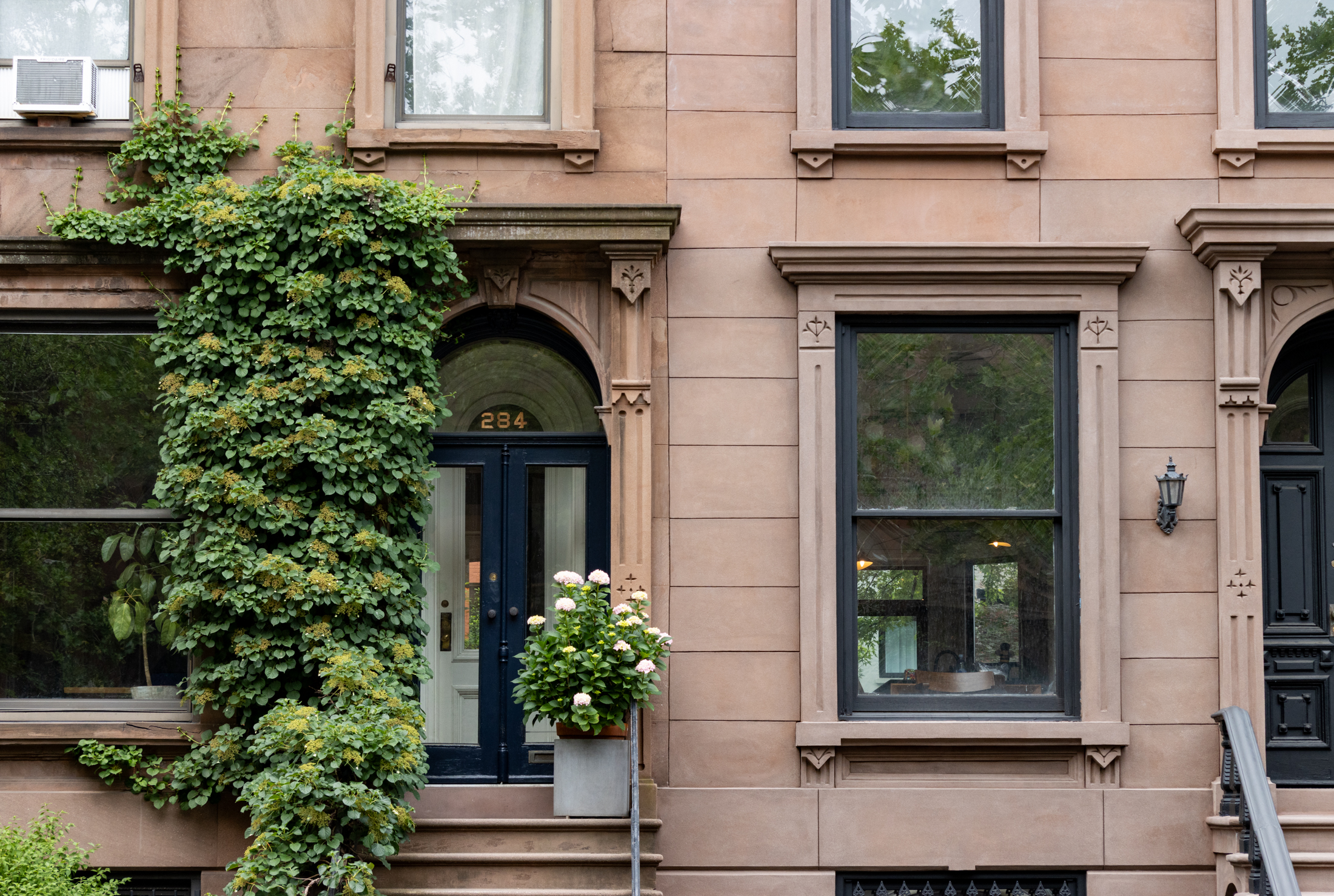Prison Ships and Bayside Markets: How Wallabout Got Its Name
Brownstoner takes on Brooklyn history in Nabe Names, a series of briefs on the origins and surprising stories of neighborhood nomenclature. This little-known historic enclave dates back to the 17th century, evidenced by the area’s pre–Civil War wood-frame row houses and not one but two historic district designations. Separated from its namesake Wallabout Bay by…
Brownstoner takes on Brooklyn history in Nabe Names, a series of briefs on the origins and surprising stories of neighborhood nomenclature.

This little-known historic enclave dates back to the 17th century, evidenced by the area’s pre–Civil War wood-frame row houses and not one but two historic district designations.
Separated from its namesake Wallabout Bay by the Brooklyn Navy Yard, Wallabout is far from any public transportation — but that brings a quaint isolation to the area, and residents revere the neighborhood as far more than a periphery of adjacent Fort Greene and Clinton Hill.
The neighborhood has played host to both a renowned 20th-century produce exchange market as well as the prison ships of the Revolution, where thousands of Americans perished at the hands of the British.
The word Wallabout originates in the Dutch “Waal Bocht” for “Bay of Foreigners”, according to the 2006 book Brooklyn by Name. However, Gowanus historian and author Joseph Alexiou disagrees, saying that through his research he has discovered that this translation is a misnomer.
“Waal has no translation that means ‘foreigners’,” he wrote to Brownstoner in an email, “Waal simply means the Walloons (today it refers to the region of Wallonia, the ‘homeland’ of modern French-speaking Belgians), but at the time it indicated French Huguenots, or Protestants…I’m not sure where the foreigners thing came from — everyone was a foreigner here!”

Related Stories
Could the Sale of This Mammoth Commercial Building Transform Wallabout?
The Insider: Do-It-Herself Loft Dweller Builds a Gypsy’s Home in Wallabout
City Demolishes Landmarked Greek Revival Wood Frame in Wallabout
Email tips@brownstoner.com with further comments, questions or tips. Follow Brownstoner on Twitter and Instagram, and like us on Facebook.
[sc:daily-email-signup ]




My great grandfather, Robert Buckley, was a “market man” tenant farmer for the Kouwenhovens of Flatlands in the late 1800’s until the early 1920s. He would take his horse-drawn wagon full of produce fresh from the farm at Kings Hwy to the Wallabout. The family farm was located at 5 Kouwenhoven lane (Kings Hwy and E 54 St today) and Robert was not only a farmer and market man, but also a “florest” where he ran the Kouwenhoven greenhouses – an innovation in Brooklyn at the time. I have unpublished pics of my family’s life on the farm if there’s any interest.
Christopher Buckley